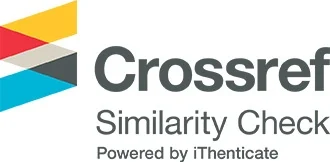Determination of the characters of carbamazepine using three different alternative techniques, Fourier Transform Infrared, Differential Scanning Calorimeter, and Scanning Electron Microscope
DOI:
https://doi.org/10.65137/lmj.v6i1.100Abstract
There are many different analytical techniques used in pharmaceutical industry and  pharmaceutical analysis such as Fourier Transformation Infrared Spectrometry (FTIR), Differential Scanning Calorimeter (DSC), and Scanning Electron Microscope (SEM).These techniques are useful in both qualitatively and quantitatively analysis. The current study used the three techniques (FTIR, DSC and SEM)  to analyse carbamazepine (CBZ) sample to compare between them in order to ensure ideal chosen efficient technique. A CBZ sample was analysed by t FTIR. Another sample was recorded on DSC within about 10 min. In addition, the sample picture was taken by SEM within about 20 min.The results of FTIR, DSC and SEM techniques showed that the CBZ sample has functional groups such as alkenes and aromatic rings. Melting point (191.88 C°) with sharp peak with endothermic transformation (solid – solid) with enthalpy 95,5217 J/g and entropy 4,975 J/K. Furthermore, prismatic morphology with different particle size of CBZ and coarse texture. Depending on results of  TIR, DSC and SEM techniques, it can be seen that three techniques are powerful tools due to give better understanding of physicochemical properties of CBZ when used with each other.








